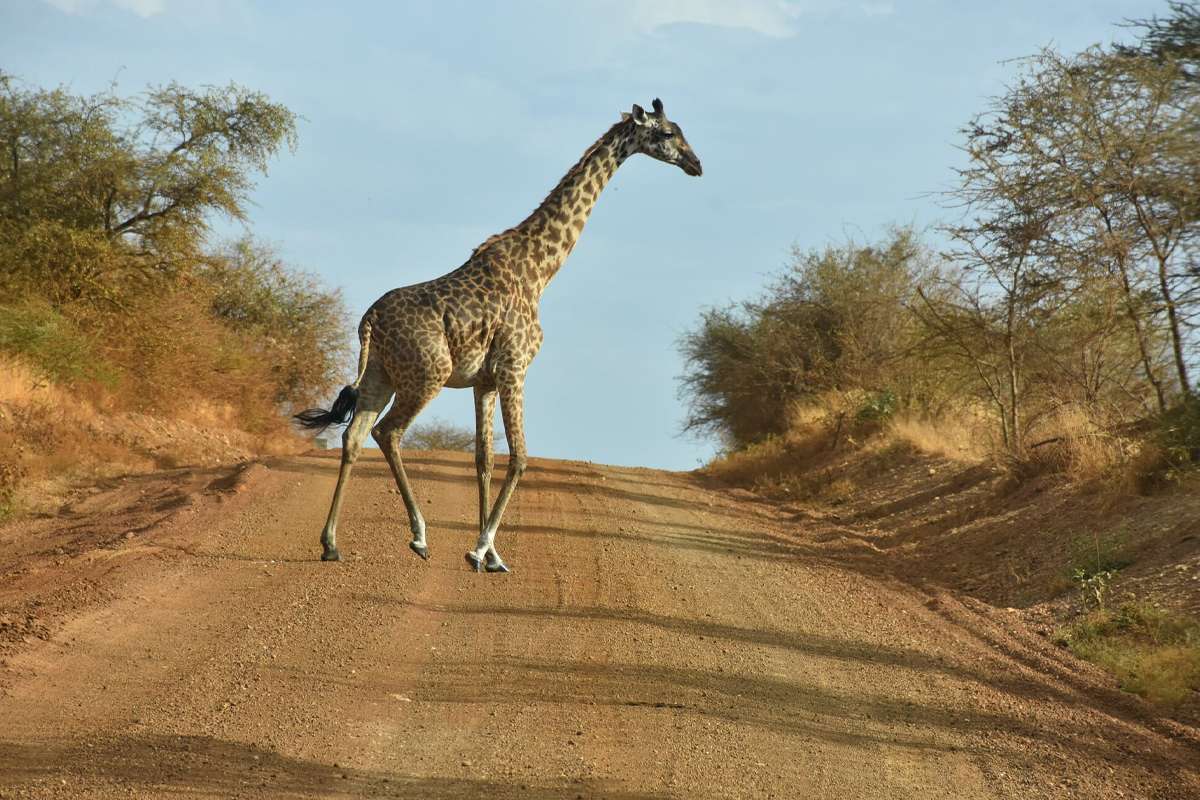Tanzania Wildlife Protection Zones Serengeti 2024
In 2024, Tanzania unveiled a significant initiative aimed at bolstering wildlife conservation efforts in the iconic Serengeti National Park. The introduction of new wildlife protection zones is set to have a profound impact on both the park’s biodiversity and the future of safari tourism. This move highlights the country’s commitment to preserving its rich wildlife heritage and maintaining the Serengeti as one of the world’s premier wildlife destinations.
1. The Need for Wildlife Protection Zones in Serengeti
Serengeti National Park, known globally for its stunning landscapes and the annual Great Migration, is home to a wide range of wildlife species, including lions, elephants, cheetahs, zebras, and gazelles. However, over the years, the park has faced increasing pressure due to human activity, poaching, illegal logging, and the growing impacts of climate change.
The new protection zones aim to address several key issues:
- Poaching: Despite significant efforts, poaching remains a major threat to species like elephants and rhinos. The introduction of new protection zones will enhance anti-poaching patrols and create safe havens for vulnerable species.
- Human-Wildlife Conflict: With the expansion of human settlements surrounding the park, conflicts between wildlife and local communities have become more common. The new zones will help reduce these conflicts by establishing clear boundaries and creating buffer areas.
- Habitat Preservation: As tourism and agricultural activities around the Serengeti grow, certain ecosystems are being threatened. The protection zones will focus on preserving critical habitats for both migratory and resident species.
2. What Are the New Wildlife Protection Zones?
The newly established zones in Serengeti will include both core areas of the park and specific migratory corridors that are essential for wildlife movements, particularly the wildebeest migration. These zones will be protected under strict regulations to ensure that no human activity can disrupt the natural processes of the ecosystems.
Key features of these new protection zones include:
- Core Wildlife Protection Areas: These are regions within the Serengeti where human activity will be minimized or completely restricted. The goal is to create sanctuaries for species that are at risk of extinction or those requiring undisturbed habitats for breeding and feeding.
- Migratory Corridors: These corridors are vital to the Great Migration, where millions of wildebeest, zebras, and other animals travel in search of food and water. By safeguarding these routes, Tanzania aims to protect the natural movement patterns of migratory species.
- Buffer Zones: These areas, located at the edges of the park, will act as transition zones between human settlements and wildlife habitats. They will help reduce human-wildlife conflicts and provide safe spaces for wildlife to roam without encroaching on agricultural lands.
3. How Will These Protection Zones Benefit Tanzania’s Wildlife?
The establishment of wildlife protection zones in Serengeti is expected to have a variety of positive effects on the park’s ecosystem and the species that call it home. Some of the anticipated benefits include:
- Increased Biodiversity: By safeguarding critical habitats and migration corridors, Tanzania can ensure the continued survival and growth of its diverse wildlife populations. Species like lions, leopards, and rhinos will benefit from enhanced protection, allowing their numbers to stabilize and grow.
- Reduced Poaching and Illegal Activities: With dedicated resources for monitoring and patrolling these new zones, authorities can more effectively combat illegal poaching, hunting, and other harmful activities. This is expected to reduce the number of animals lost to human exploitation.
- Conservation of Migratory Patterns: The Great Migration is a key ecological event that has both local and global significance. By protecting migratory routes, Tanzania ensures that this spectacular natural phenomenon can continue uninterrupted, benefiting both wildlife and the tourism industry.
- Support for Endangered Species: Certain species, like the black rhino and African wild dog, have faced severe declines in population. The new protection zones provide them with more secure habitats, improving their chances of survival.
4. Impact on Local Communities and Tourism
The introduction of these protection zones also comes with a promise to engage local communities in conservation efforts. Tanzania recognizes that the success of wildlife protection depends on the active involvement of surrounding communities. Here’s how it could impact both local residents and the tourism industry:
- Community Involvement: Local communities are expected to play an active role in the success of the protection zones. This will include job creation in park management, anti-poaching units, and community education programs about conservation efforts. By providing alternative livelihoods, Tanzania hopes to reduce local reliance on activities that may harm the park’s wildlife.
- Tourism Growth: Serengeti is one of the most popular safari destinations in the world, and the new protection zones will enhance its appeal even further. With an even stronger emphasis on conservation, tourists will be able to witness a thriving and protected ecosystem, ensuring long-term tourism revenue for the country.
- Sustainable Development: The protection zones are designed to strike a balance between conservation and development. By protecting the Serengeti’s natural resources, Tanzania aims to promote sustainable tourism that benefits both the environment and local communities.
5. Strengthening Tanzania’s Global Reputation as a Conservation Leader
Tanzania has long been recognized as a leader in wildlife conservation, and the introduction of these new protection zones solidifies the country’s commitment to safeguarding its natural heritage. By taking proactive steps to protect the Serengeti, Tanzania is setting an example for other countries in Africa and around the world to follow.
This initiative aligns with global efforts to combat biodiversity loss and preserve ecosystems for future generations. It is a clear message that Tanzania is dedicated to ensuring that its wildlife thrives not only for the enjoyment of future generations but also for the continued health of the planet.
6. A Step Forward for Conservation in Tanzania
The creation of new wildlife protection zones in Serengeti is a monumental step in the conservation of Tanzania’s natural treasures. By focusing on key wildlife habitats, migratory corridors, and community involvement, this initiative promises to enhance both wildlife protection and the sustainability of the tourism industry.
As Tanzania continues to expand its conservation efforts, it sets an example for other nations on how to balance wildlife protection with sustainable development. With the continued support of local communities, conservationists, and tourists alike, Serengeti National Park will remain a beacon of biodiversity and a prime destination for eco-conscious travelers.
FAQs
1. What is the significance of the new wildlife protection zones in Serengeti?
The new protection zones aim to preserve critical habitats, reduce poaching, and protect migratory corridors, ultimately supporting the health and growth of Serengeti’s wildlife populations.
2. How will local communities benefit from these new protection zones?
Local communities will benefit through job creation in conservation efforts, such as park management and anti-poaching patrols, as well as alternative livelihood programs that focus on sustainable practices.
3. What species will be most affected by these new protection zones?
Endangered species like the black rhino, African wild dog, and various bird species will benefit from enhanced protection. The new zones will also safeguard vital habitats for lions, cheetahs, and elephants.
4. How will these protection zones affect Serengeti’s tourism industry?
By ensuring a thriving and well-preserved ecosystem, the new zones are expected to increase Serengeti’s appeal as a top safari destination, attracting eco-conscious tourists and bolstering the local economy.
5. How does this initiative align with global conservation efforts?
Tanzania’s new protection zones are in line with international efforts to combat biodiversity loss and preserve ecosystems, highlighting the country’s role as a leader in conservation and sustainable tourism.
Discover Tanzania’s Iconic Destinations!
Explore our pages to find more information on:
- Mount Kilimanjaro
- Ngorongoro Conservation Area
- Tarangire National Park
- Lake Manyara National Park
- Arusha National Park
- Kilimanjaro Packing List
- Top Mount Kilimanjaro FAQs
Start planning your unforgettable adventure today by visiting our website!



